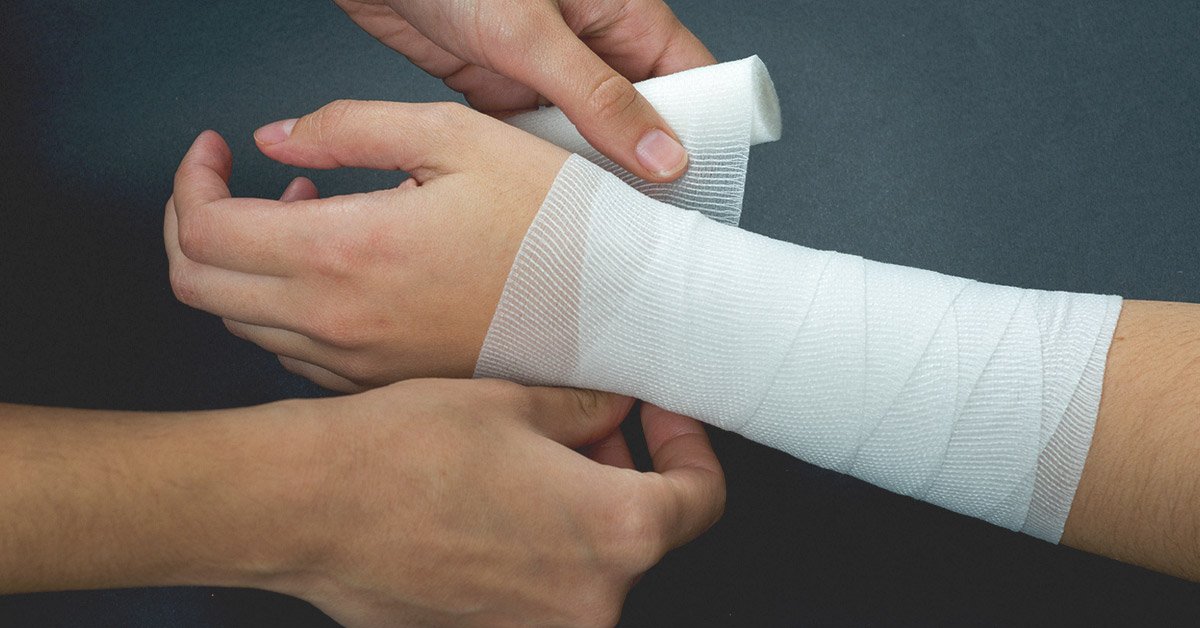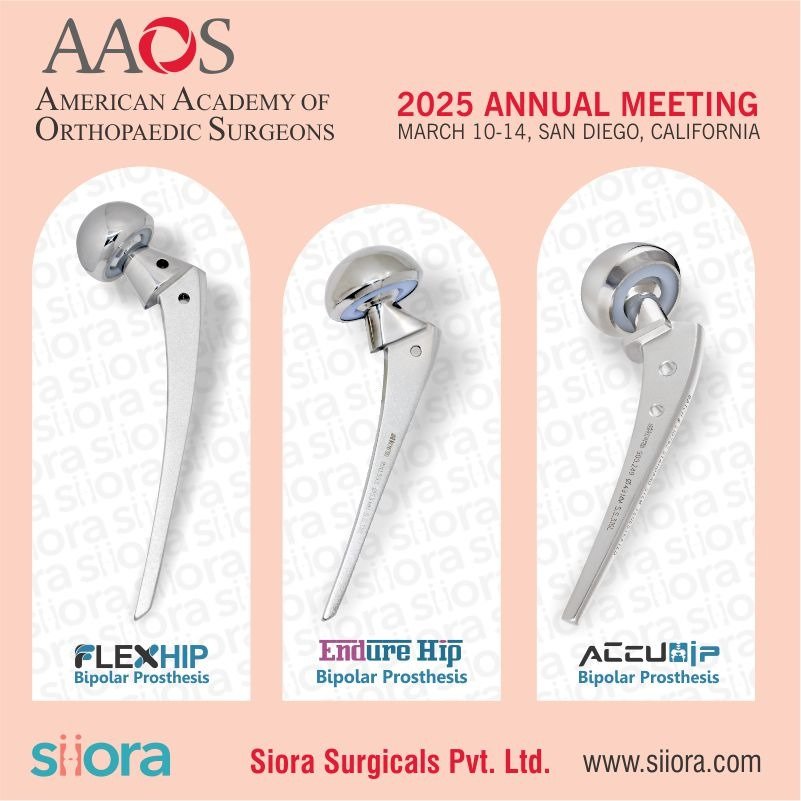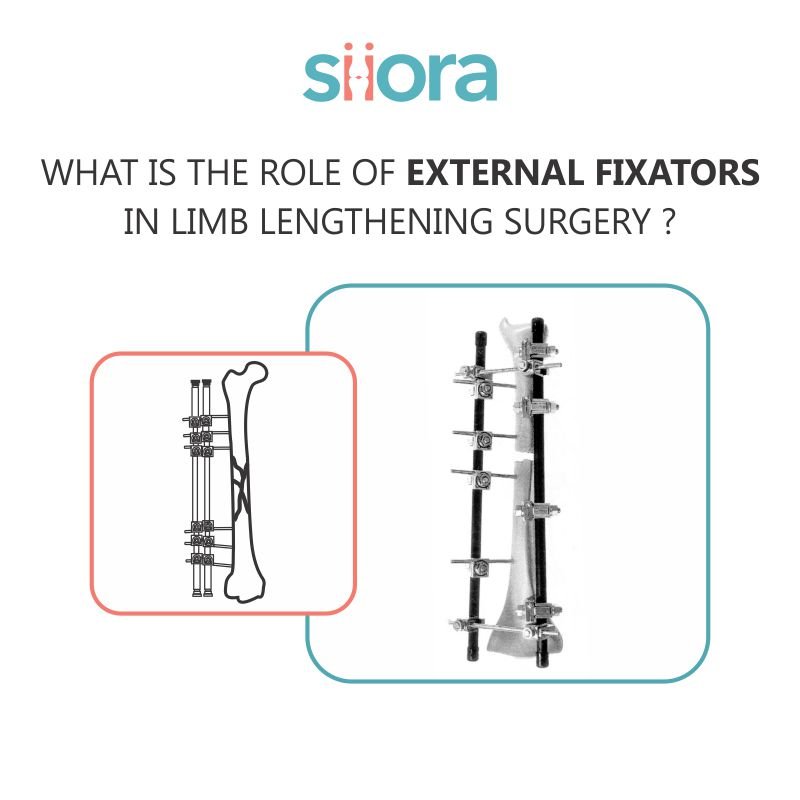There are two bones in the broken forearm – the radius and the ulna. When one or both the bones of the forearm have a fracture, we term it as Forearm Fracture. Both bones are important. Not only for proper motion of the elbow and wrist joints but also serve as important attachments to muscles of the upper extremity.
A most common reason for fractures is due to a fall on the hand, or a direct blow to the forearm. These injuries are commonly seen in altercations, sports injuries, and car accidents. Pain, swelling, and deformity of the forearm indicate a forearm fracture. Proper diagnosis can be made with physical examination and x-ray studies.
Radial shaft fractures, ulnar shaft fractures, and fractures of both forearm bones are discussed below. Siora Surgicals has manufactured a locking plate for hand fractures. Other Fractures that occur around the elbow (radial head fractures and olecranon fractures) and those that occur around the wrist (wrist fractures), will be covered separately.
Radial Shaft Fractures
It is not common to suffer an isolated fracture of the radial shaft. Most radial shaft fractures are associated with injury to ulna or injury to one of the joints around the wrist.
An isolated radial shaft fracture, if it occurs, commonly requires surgery unless the fracture is non-displaced. If the fracture is out of position, then the fracture is realigned to allow forearm rotation. Hence, surgery is the preferred treatment option to realign and hold the bones in the proper position.
Ulnar Shaft Fractures
An isolated fracture to the ulna is most often caused during an altercation and is called a “nightstick” fracture. Raising of the forearm in a protective posture exposes the ulna bone, which can be damaged by a blunt traumatic hit. The name is derived from the defensive gesture of people trying to shield themselves from a policeman’s nightstick leading to ulnar fractures.
If the fracture is well aligned, an isolated ulna fracture can be treated with immobilization in a cast. However, if the fracture is badly displaced, or the skin is broken causing an open fracture, then surgical treatment is advised.
Both Broken Forearm Fracture
Fracture of Both bones almost always require surgery in an adult patient. Without surgery, the forearm is generally unstable and to cast this type of fracture in a proper orientation is very difficult if possible. In younger children, nonsurgical treatment can be considered, but in adolescents, surgery may have to be carried out.
Fractures of both bones of the forearm are most commonly treated by fixing a metal plate and screws on both the radius and ulna bones. These bones have to be approached through a separate incision, necessitating, therefore, you will have two incisions on your forearm. Some surgeons may use a rod within the bone to maintain the position of the bone, but this cannot be done in fractures where rotational stability is required. Hence, both bones forearm fractures are mostly treated with plate and screws.
Complications of Broken Forearm Fractures
The complications that are commonly encountered in such fractures include:
- Limited Motion: After the treatment of forearm fractures, decreased motion capability is common. It can be limited in the elbow and wrist joints but is most commonly noticed in forearm rotation (i.e. opening a jar or turning a door handle).
- Non-Healing Fracture: Due to inadequate healing of the bones of the forearm, there may be persistent pain. In open Fractures or where the bone is lost (i.e. many small pieces), this problem is more likely to occur. In such cases, repeat surgery for bone grafting may be necessary.
- Infection: Post-surgery, the possibility of Infection is common. An infection in forearm fracture after surgery may require removal of the metal implants and screws to cure the infection.
- Painful Hardware: Many times, the metal implants used during surgery can be felt under the skin and are painful. They can be removed, after the bone has properly united, usually at least a year after surgery.








